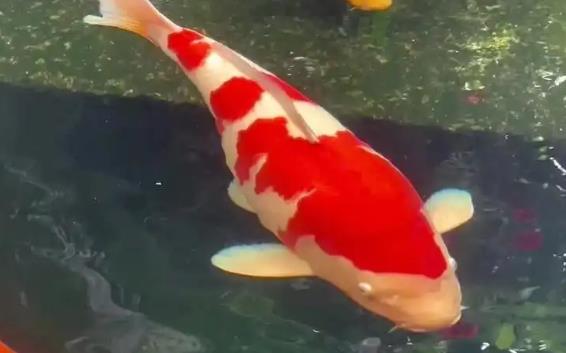If too much salt is added to the water for koi, it can be solved by the following methods:
Immediate Water Change
Gradually change part of the water body to reduce the salt concentration. The specific steps are as follows:

- Change about 20%-30% of the water body each time to avoid excessive water quality fluctuations caused by a large - scale water change at one time.
- Use clean water with a temperature similar to that of the fish tank to avoid secondary damage to the koi caused by sudden temperature changes.
Salinity Monitoring
After changing the water, use a salinometer to detect the salt concentration of the water body to ensure that it returns to the safe range. Generally, when raising koi, the salt concentration is recommended to be controlled between 0.3% and 0.6%. If the salt concentration is too high (such as exceeding 0.8%), it may lead to osmotic imbalance, difficulty in breathing and even death of the koi.
Koi Condition Observation
While adjusting the salt concentration, closely observe the condition of the koi. If there are abnormal situations such as difficulty in breathing, body surface congestion or abnormal swimming, it may be a stress reaction caused by high salt concentration. If necessary, isolate the koi in a low - salinity water body and add water quality stabilizers or stress - relieving agents to assist in its recovery.
Preventive Measures
To avoid the recurrence of similar problems, the following suggestions are recommended:
- Accurate Salt Measurement: Use an electronic scale or special measuring tools to avoid adding salt by guesswork.
- Understand the Role of Salt: Salt is mainly used to regulate osmotic pressure, prevent diseases and relieve stress, but excessive use will have negative effects.
- Regular Water Quality Testing: Include salinity, pH value and ammonia - nitrogen content to ensure the stability of the water environment.
Through the above methods, the problem of excessive salt in the koi water can be effectively solved, and the healthy growth of the koi can be ensured.
